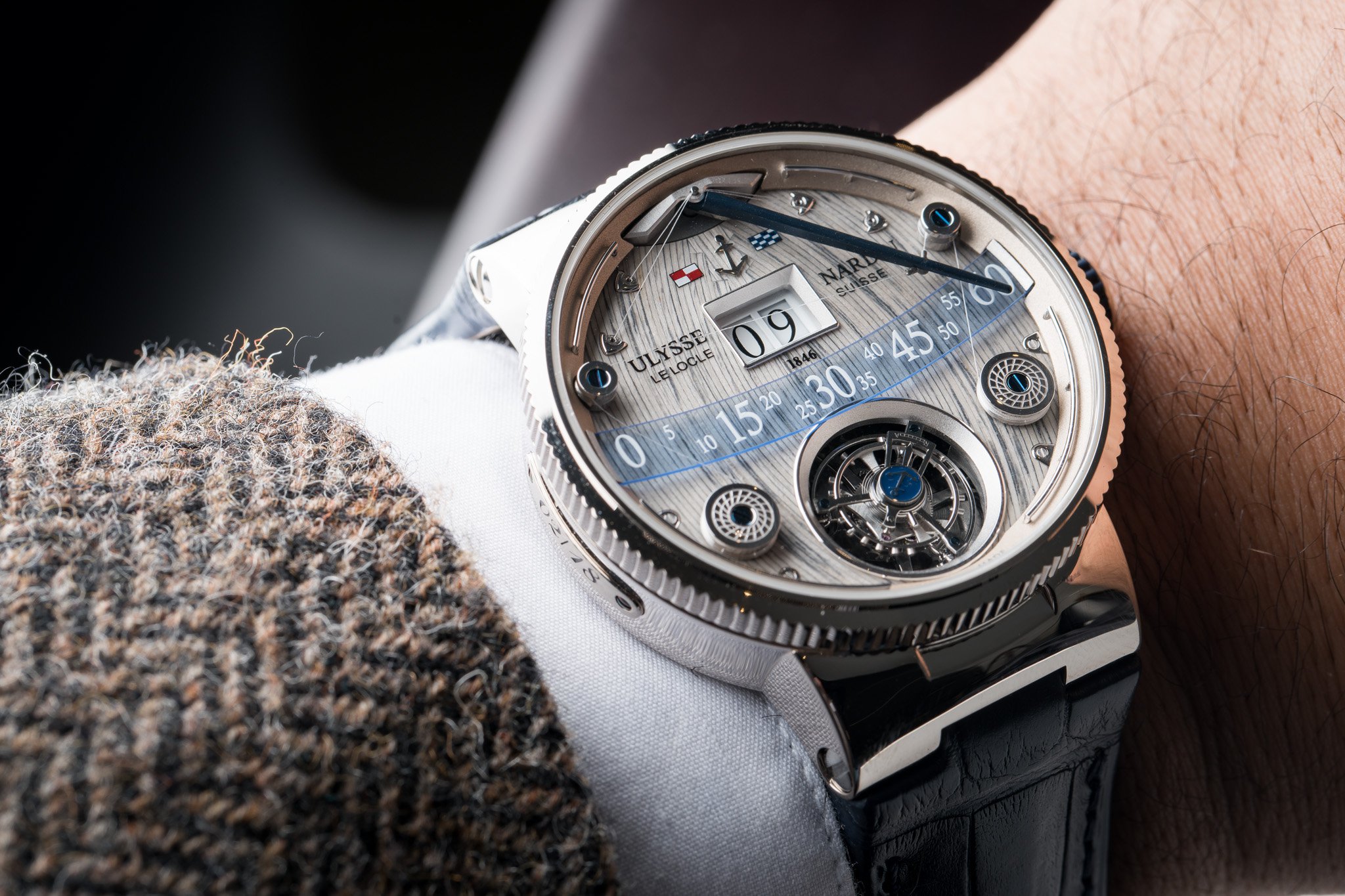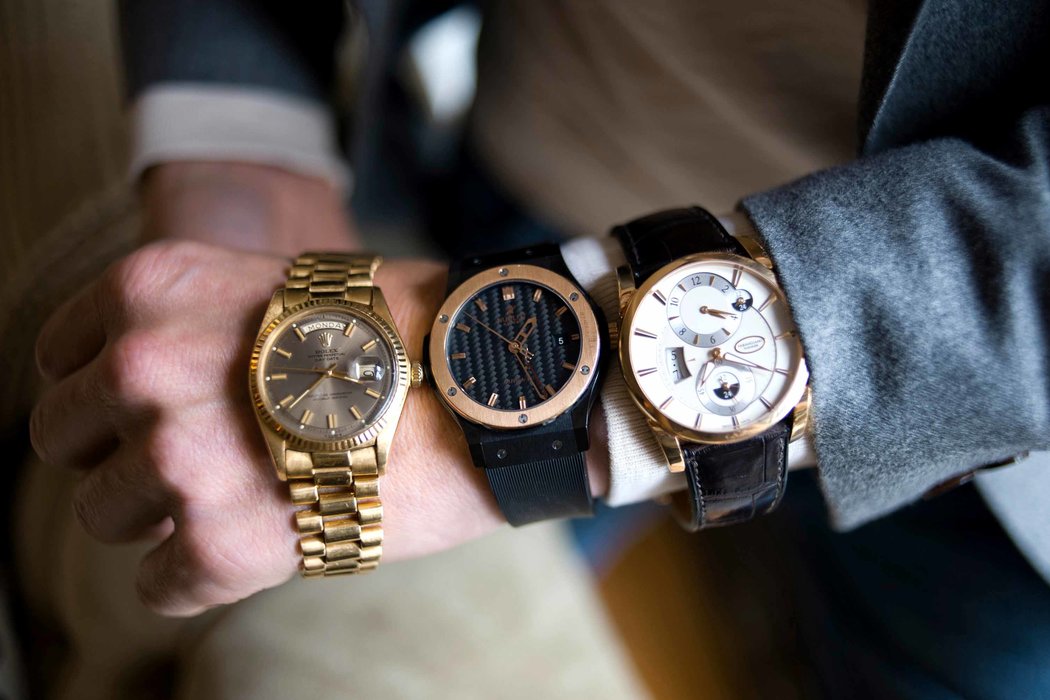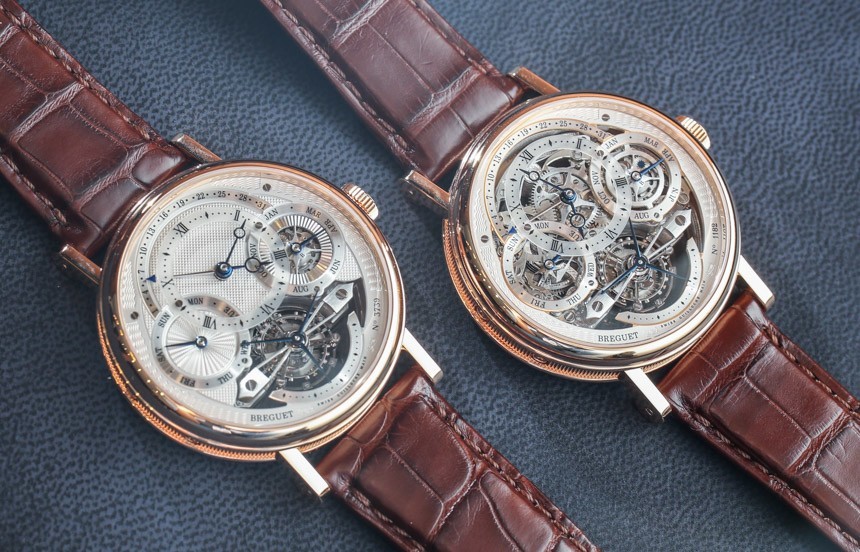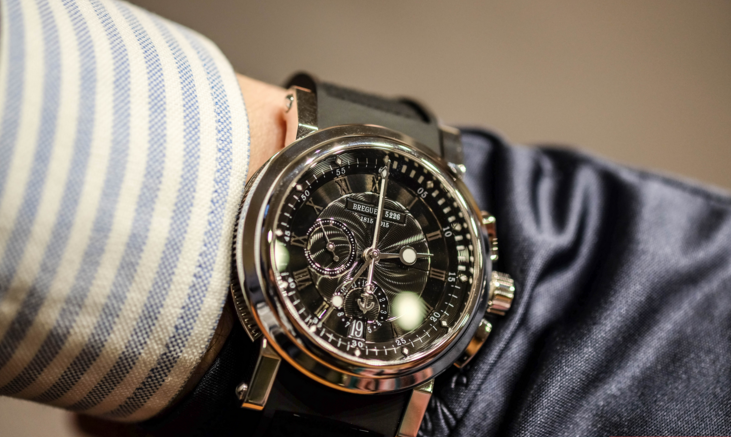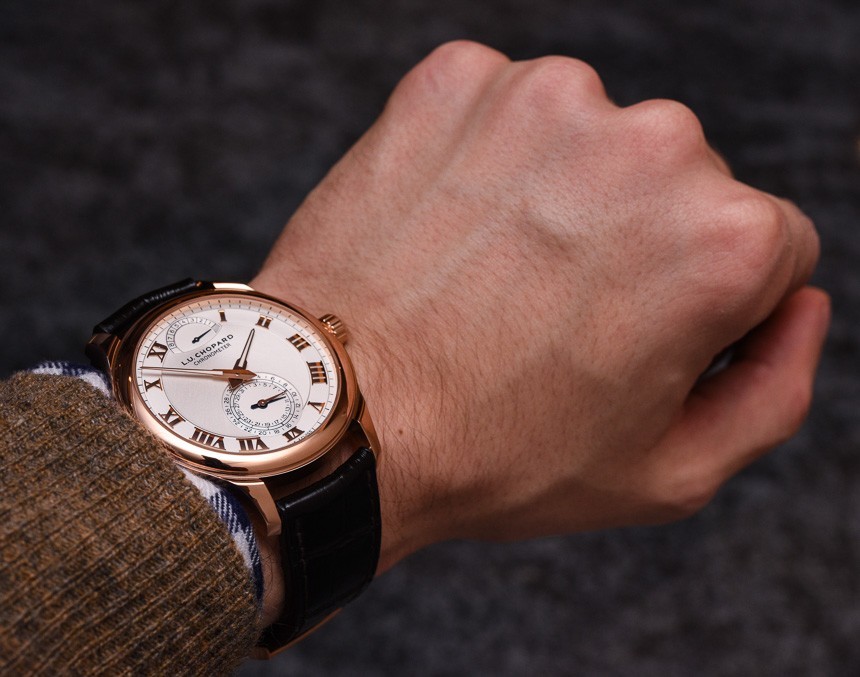With so many choices out there, finding the right timepiece might seem impossible, but when, like a watch at a repairman, the search process is broken down to its separate parts it becomes as easy as proverbial pie.
Before you shop:
Even before you enter a store, you should develop some sort of idea of what it is that you want in a watch. Consider your lifestyle, do you need a watch that is hearty and resistant to damage? Or do you need a watch that you can wear to the office every day? Knowing your reasoning behind wanting a watch can make it much easier to find a piece that you’ll feel comfortable and want to wear as much as possible.
Other things to research and consider before heading into the store are:
1. Movement:
Today, most watches powered through quartz or mechanical movement, with both offering different features and attributes.
On the one hand, quartz-type watches are usually more damage-resistant and less expensive than mechanical timepieces, yet they are powered by a battery, as well as often garner less appreciation in the horology (just a fancy word for fans-o-watches) community due to the lack of technological expertise and know-how that goes into their construction.
Alternatively, mechanical type watches don’t require any batteries, instead they are powered by manually or automatically (self-winding) wound springs that move the delicate mechanisms within. Mechanical movement watches are often better built and more classically stylish than their quartz counterparts, at the same time, they’re also more delicate and require semi-regular expert cleaning and maintenance.
2. Complications:
The technical term for watch features including, date, moonphase dials, different time zone subdials, and more, complications can have a significant effect on the price and should be handled brands with a stellar track record of, usually Swiss, watchmaking excellence.
3. Style:
Amongst timepiece aficionados, there is usually considered five main styles of watches. Choosing which style to go with greatly depends on a wearer’s sense of fashion, individual personality, as well as personal and professional lifestyle.
The five main styles are:
- Dress Watches: Understated, simple, and made to compliment business attire.
- Divers’ Watches: Rugged, water resistant, and easy to read. Such as this Breuget Maine Diver’s watch below.
- Aviator (Pilot) Watches: Similar to diving watches, but with more complications.
- Drivers’ Watches: Streamlined, automobile-influenced, features stopwatch functionality.
- Fashion and Smart Watches: Stylish, minimalist, and boldly colored. Fashion watch styles also include the increasingly popular field of smart watches.
Additionally, after researching various retailers’ websites, as well as watch blogs and message boards, the next step is to head into a trusted local retailer and actually seeing the watches in a more intimate and close-up situation.
Where to shop:
While it might be more simple to shop for a watch at a large online retailer or chain jewelry store, smaller, family-owned, independent jewelry retailers are really the best for finding 100% genuine, top-of-the-line, luxury-grade timepieces.
The staff at these smaller retailers — such as Dejaun Jewelers, for those readers located in the Los Angeles ares — usually receive more training and have more experience with watches, most usually are involved themselves in the timepiece community and will offer more assistance than at larger-scale stores.
What to look for:
- Aesthetics:
The first thing that you want to look for in a watch is its physical appearance. You’re never going to be happy with your watch if you just don’t appreciate the general look and feel of it. If you’re immediately drawn to a piece, be sure to try it on, take your time, savor the aesthetics of the watch, and make sure you’re entirely satisfied with it.
- Size:
When trying on watches, make sure that the size of the watch face fits nicely upon your wrist. The face shouldn’t look too large or too small, as a general rule the lugs of a watch (the part that attaches the band) should be just at the edge of the wrist. Generally, the ideal face size for men’s watches is around 37-41mm, while average ladies’ face size is between 26-30mm.
- Cost:
Depending on the designer, the number of complications, rarity, and materials used in construction, timepieces can found in prices that vary from extremely inexpensive, to very very expensive. While most watches fall comfortably somewhere in between these two extremes, with timepieces you really get what you pay for.
It is safe to assume that the higher price, the higher the quality of the piece. While this isn’t true 100% of the time, it generally is the case.
- Enjoyment:
Perhaps the most important thing to consider before you buy any watch is, do you enjoy the piece. If treated correctly, a good watch can last a lifetime and like Freddie Rumsen famously said, “it’s not a timepiece, it’s a conversation piece”, so be that any watch you choose will be a watch you love.
But Don’t Take Our Word For It!
What are some of your watch buying tips or tricks? Comment, or hit us up on our Twitter, Instagram, or Facebook, and show off your favorite watch!
